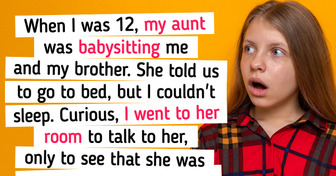What 10 Movie Couples Who Charmed Us With Their Chemistry Look Like Today

We’re in England, in the village of Turville. It’s 1871. Here, on one street, you can find a particular house. It’s no different from the others, but many people stay around it and wait for something.
The house’s doors open. Several adults come out of there. They look surprised and say that all the rumors turned out to be true.

The woman goes out on the porch and asks a few more people to come in. And you’re among them. You go inside, head into the room, and see an 11-year-old girl sleeping on the bed. She looks pale and thin. Despite loud people’s conversations in the room, the girl doesn’t wake up. Her mother says it’s been 6 months since she fell asleep. You leave the room, and the next few people come in to see the sleeping girl with their own eyes.
This is a story about the most prolonged sleep in history. The record belongs to a girl named Ellen Sadler, who slept for 9 years. She was born in the English village of Turville in the second half of the 19th century in a big family. Ellen was the 12th kid. Her parents weren’t wealthy and worked hard to make ends meet.
They taught their sons and daughters to help them from an early age. And Ellen was no exception. When she turned 11, she left home to work as a nanny in a nearby town. While away from her family and surrounded by strangers, Ellen began to feel bad. She had a headache, felt discomfort, and felt certain drowsiness. These symptoms became so severe that the girl couldn’t work properly.
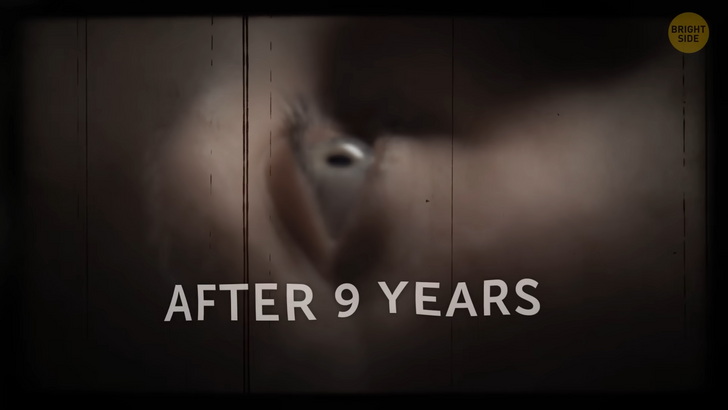
She returned to the house in the village where her parents sent her to the hospital. The doctors didn’t know how to help her because they couldn’t diagnose her. They spent 18 weeks trying to cure the poor girl. As a result, still unwell, Ellen was discharged from the hospital.
After returning home, she experienced severe headaches and drowsiness. Ellen Sadler felt worse and worse. And then, one day, she quietly lay down in her bed and fell asleep. Ellen woke up only after 9 years. All this time, the girl’s mother took care of her.
She fed her milk and tea. The sleeping girl was losing weight and strength. Soon, the whole village found out about Ellen. People started coming to her house to see an unusual phenomenon. They looked at her, tried to wake up, and told their friends about her.
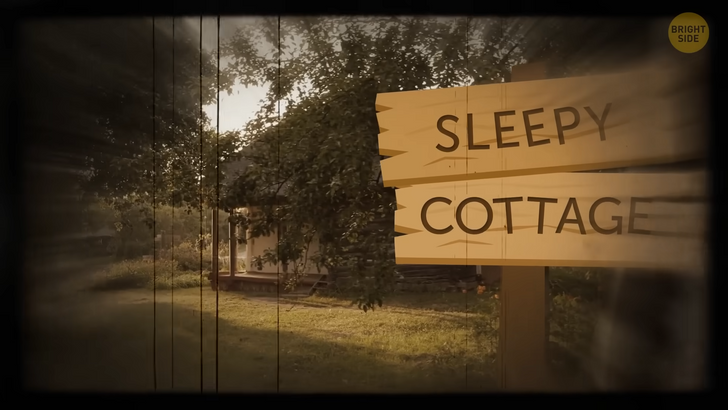
The news about the sleeping girl spread throughout the country. Ellen had become a spectacle. People from all over England came to see a person who had been sleeping for several years. They called the house where the Ellen family lived “Sleepy Cottage.”
Doctors and reporters came there. One journalist from the Daily Telegraph described that the girl’s body was weak and too soft. Her feet were icy cold, and her lips were blue. The child’s breathing was barely discernible. It seemed that life was slowly leaving this body.
The girl’s family took donations for the care of her daughter. Therefore, many people thought that it was all a performance. For some reason, the mother didn’t allow the doctor to stay with Ellen for a long time. Some said that her mother gave her sleeping pills every day to not let her wake up.
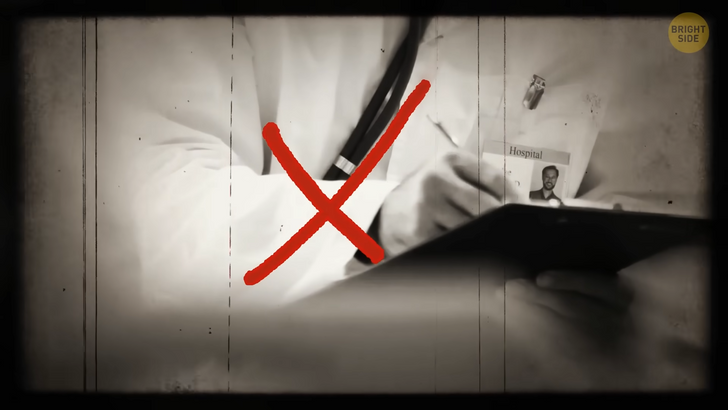
And someone claimed that they had seen a conscious girl sitting by the window. Also, the girl’s mother rejected the doctors’ offer to conduct a medical examination in a London hospital. We’re unlikely to find out the whole truth about her since there was no official diagnosis from doctors.
It’s possible the girl fell into a coma or suffered from another disease that was unknown to science in the 19th century. It could be a chronic sleep disorder in which a person experiences uncontrollable bouts of drowsiness. You can walk down the street and want to sleep so much that you fall to the ground. Ellen grew up in a large family and got used to hard work early. Perhaps, severe fatigue and lack of sleep provoked narcolepsy.
In any case, this story had a good ending. One day Ellen Sadler woke up. She didn’t remember what had happened and was very surprised when her family told her about the 9-year-long dream. The girl’s growth slowed down a little, and her eyesight worsened, but her health wasn’t bad. Ellen got married and had six children. In 1911, at the age of about 50, she passed away.
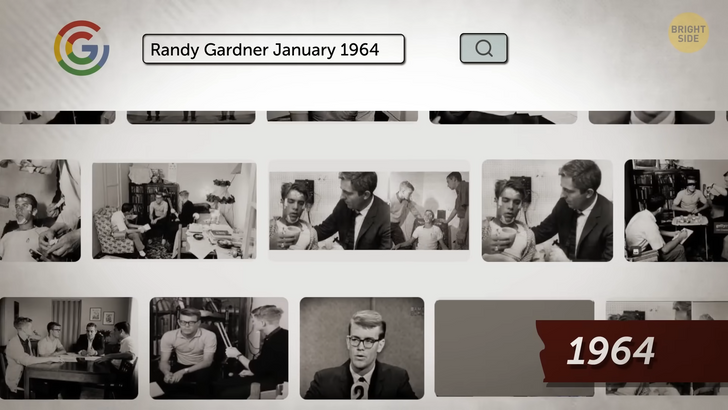
Let’s see a completely opposite story about a person who set a record for the longest time without sleep. In January 1964, 17-year-old Randy Gardner, a high school student, claimed he stayed awake for several weeks. The experiment started in December and ended in January. And at the end of that time, he felt pretty normal.
This event was in the Guinness Book of Records and allowed scientists to learn a lot about the structure of the human brain. Randy wanted to do a science school project related to sleep. He had to stay awake as long as possible, and his friend had to make sure that he was always awake.
In the beginning, everything went well. Randy’s friend kept a diary where he recorded the slightest changes in the subject’s body. Randy held on easily for the first 2 days. He was constantly on his feet and didn’t come to bed.
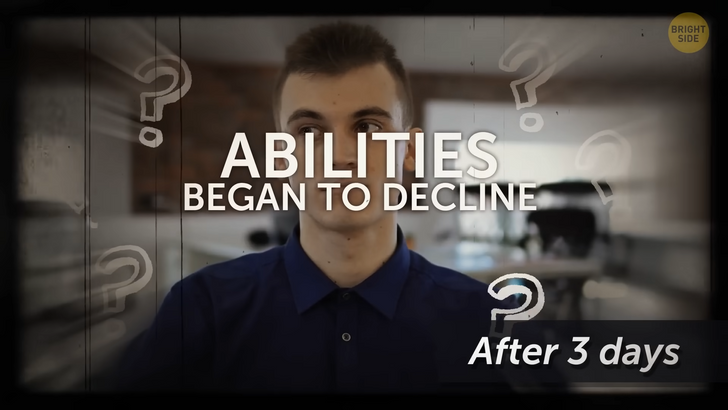
After three days, his cognitive and sensory abilities began to decline. On the fourth day, Randy felt sick. He walked around the house and sniffed citrus fruits. The smell of lemons and oranges helped him get rid of this bad condition.
During the day, Randy played basketball and went bowling with friends. The nights were boring because the guys didn’t know what to do. But still, Randy didn’t go to bed.
A week passed, and Randy showed excellent basketball results. His physical skills hadn’t changed. His speech was clear and logical. By this moment, the news all over the country had been speaking about Randy and his experiment. He became a celebrity. And it also helped him stay awake.
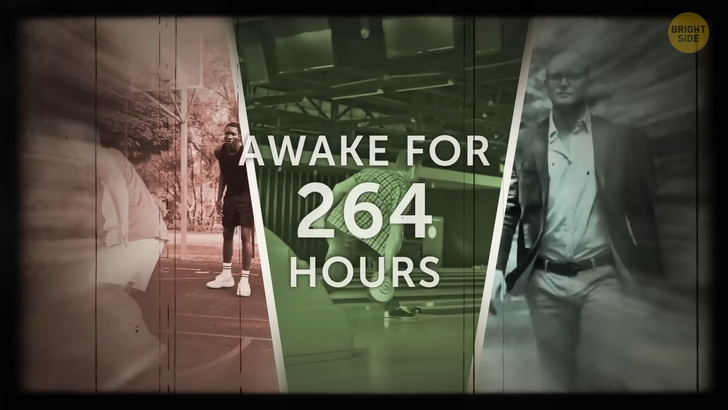
Scientists came to Randy. With the help of mathematical questions, they tested his intellectual abilities. And here, he showed poor results. He was solving an example in mathematics, but then he forgot what was going on and what he was doing.
Scientists scanned his brain and recorded its activity data. Then, on January 8, 1964, at 2 a.m., Randy broke the previous record time without sleep. He was awake for 264 hours. Scientists attached electrodes to his head when he fell asleep and observed brain activity.
Randy woke up after a few hours of sleep to go to the toilet. Then, he lay in bed again and got up only after 14 hours. He went to school in a great mood. Everyone was shocked. It seemed that this brain-heavy experiment had no negative consequences. Randy continued to study as before, play basketball, and spend time with friends.
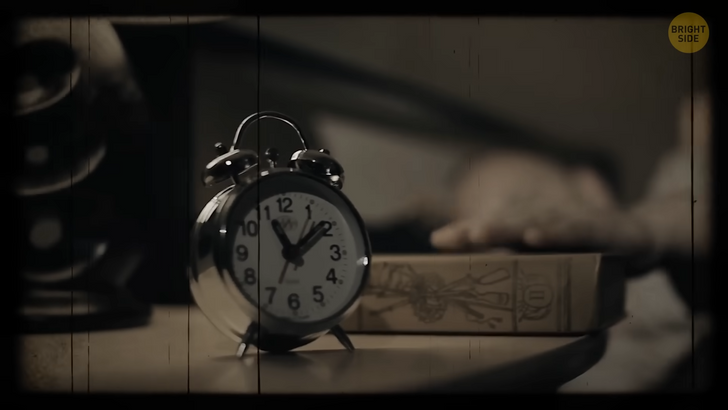
Scientists studied brain research results and found that Randy’s brain was catching a light sleep all this time. These are called “micro sleeps” and the curious thing is that the person who’s experiencing it may not even notice that they’re technically sleeping.
Several years passed. Everyone already forgot about this record. Randy grew up. One day, a reporter remembered Randy’s experiment and interviewed him. He admitted that the experiment hadn’t passed without a trace.
For many years, Randy experienced severe insomnia. It was driving him crazy. He spent a lot of time and effort to overcome this disease. Fortunately, he managed to adjust his sleep regime. Randy slept 6 hours a day, which was quite enough.
Repeating this experiment is a bad idea. Even two days without sleep are a great stress for the body. For thousands of years, people have survived hunger and complex work conditions. Our heart is trained to experience high loads, and our body can survive difficult situations. But our body has never encountered a lack of sleep in the entire history of humanity. Evolution has not taught us to endure sleepless nights without consequences, which is why it’s bad for our health.











